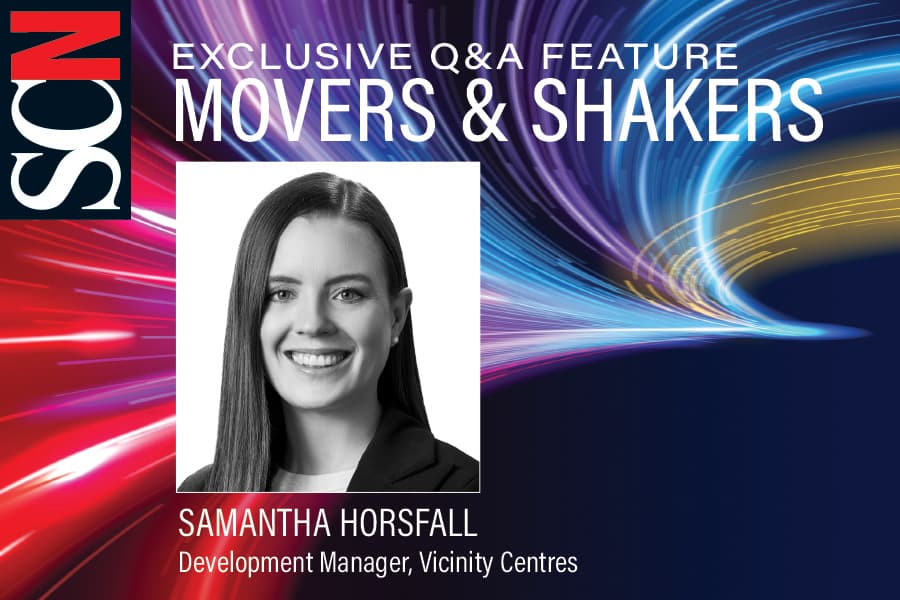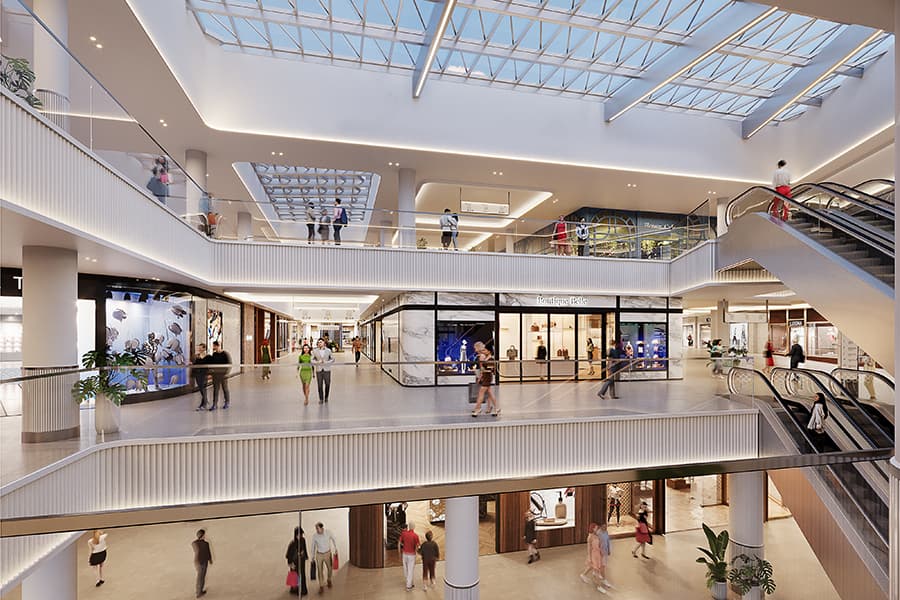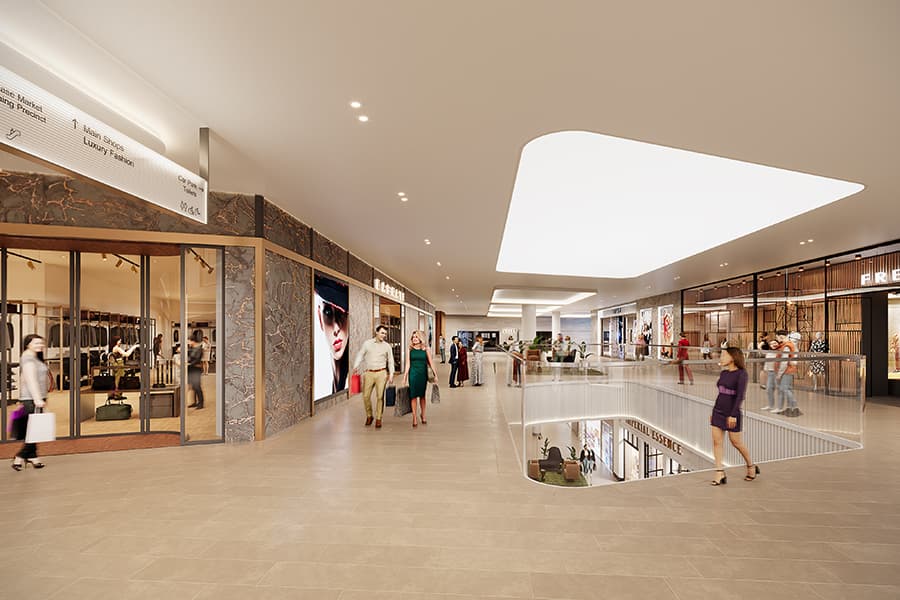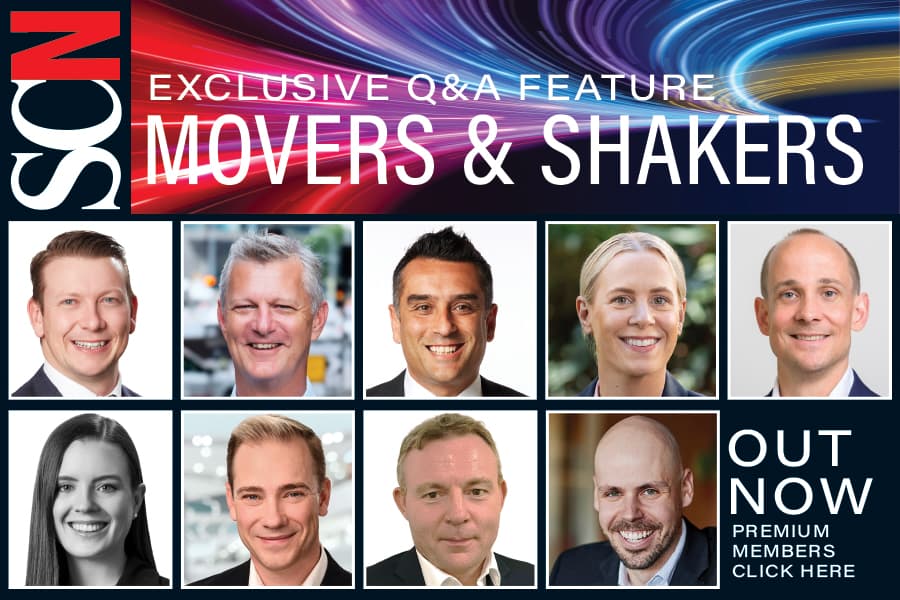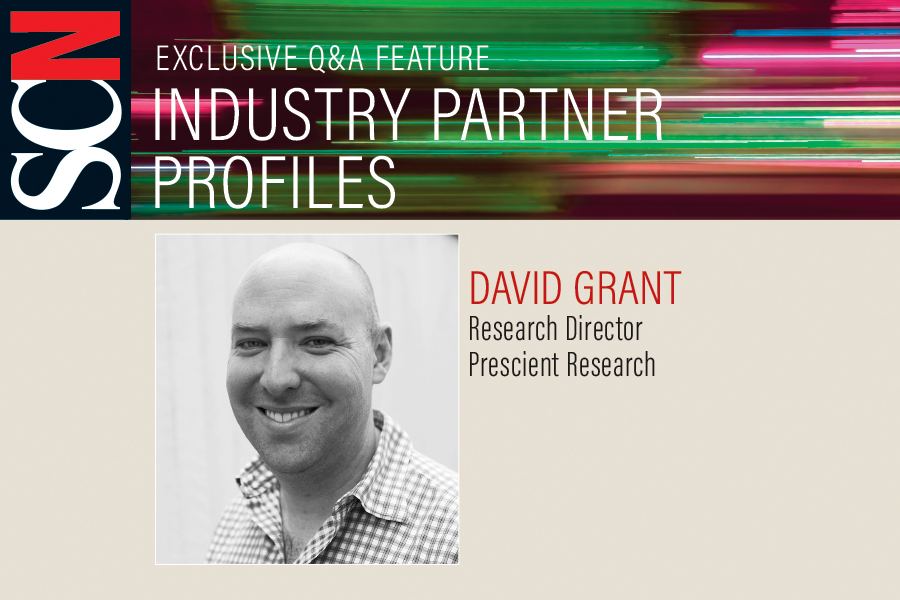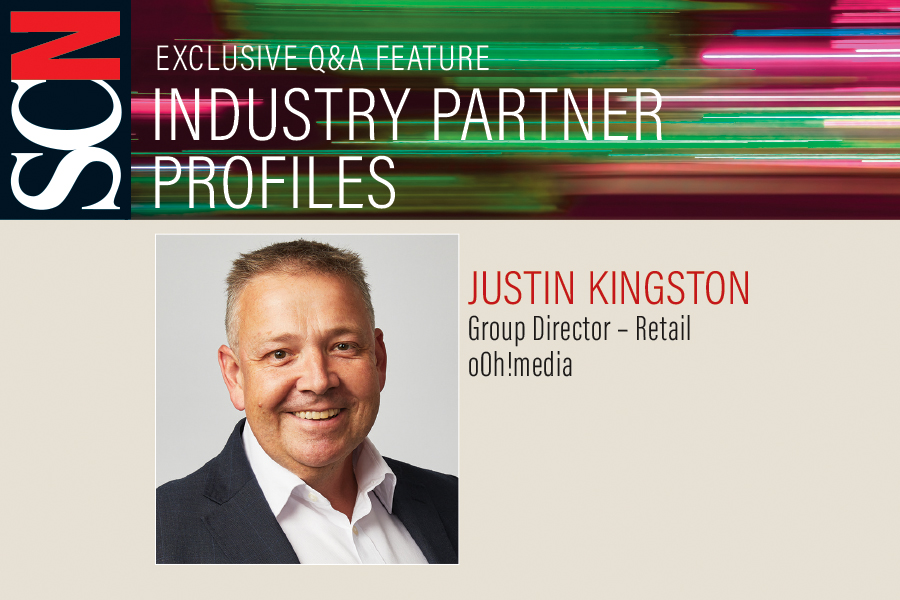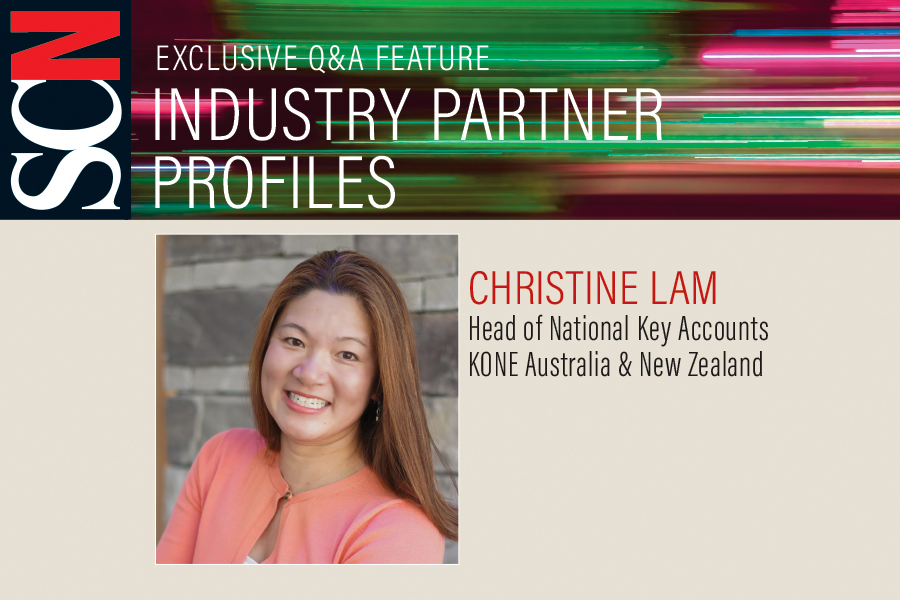The shopping centre industry is driven by people. It’s the skills and expertise of the people that manage, develop and evolve shopping centres for their communities that creates this great industry. In this special ‘Movers & Shakers’ feature published in SCN magazine, we speak with nine industry leaders about their career journey and experiences, and discuss some of the key trends and major challenges facing our industry. Here, we profile Samantha Horsfall, Development Manager at Vicinity Centres.
Tell us about your current role and main responsibilities
When I started my journey in development, it was the opportunity to work on some of the biggest, most recognisable developments that would make the most difference to communities that really excited me. Today, I get to do just that, working as Development Manager for Vicinity’s major redevelopment of Chatswood Chase on Sydney’s North Shore.
Chatswood Chase is the biggest shopping centre development project currently underway in Australia, adding a premium dining and marketplace fresh food precinct to the lower ground floor while completely redeveloping the levels above to transform the centre into Sydney’s home of luxury brands.
My role in bringing this to life is two-pronged. Firstly, there’s the technical aspect of the build, which includes things like managing our Development Application (DA) condition responsibilities and any modifications, managing our green star and NABERS deliverables– all while managing the base build and tenancy delivery for Level 3 of the centre.
The other part of my role is more customer facing, starting with how we maintain a customer experience and reduce impact through things like wayfinding, valet, concierge, furniture, amenities, external public domain. Also part of that is centre management interface including marketing, branding, hoardings and coordination of the centre management interface and site issues with our builder. Then there’s the communication aspect, which ensures we are keeping our stakeholder up-to-date throughout the process, be it neighbours, customers, council or other authorities.
All in all, it’s a really varied role working alongside a great team, which makes it all the easier getting out of bed each day.
How did you get started in property development?
My route into development is probably a little more out of left field than most. I studied Commerce majoring in commercial law and marketing at Sydney University before joining Federation Centre in 2015 as Strategic Partnerships Coordinator.
Working in partnerships served as a great foundation for developing my understanding of the industry as I got to work with JV partners and major tenants. During that time, I sat close to the development team and would often join their consultant design meetings to better understand what they did – at this point I had no idea what a Development Manager did!
The thing with developments is they are full of optimism, imagination and excitement (even if they can be tough). Sure enough, after attending quite a few meetings, I got the bug and decided development was a career I wanted to pursue. So, back to study I went, this time at University of Technology Sydney (UTS) to complete a Post Graduate Diploma in Property Development, and to anybody that has studied while working full-time, you will appreciate how proud and relieved I was upon completing the course!
With my latest studies behind me, in 2018 I moved into the development team just in time to work on the $100 million redevelopment of Roselands and really, from there, the rest is history.
- Chatswood Chase Sydney
- Chatswood Chase Sydney
Do you have any career highlights, proudest moments, favourite projects?
I love every project I work on! Each one has its own unique qualities and challenges to work through, which can be very rewarding, so it’s hard to pick one memorable moment.
Overall, my career highlight so far was becoming a Development Manager this year while working on Chatswood Chase. To work on such a huge project is a great career opportunity and one I’m incredibly grateful for.
As for those memorable moments, one that will always stay with me was early on in my career the day/night before opening day on the Roselands development. It was all hands on deck, working around the clock to get ready, and involved anything from stocking shops to wheeling pots and furniture into position! Being my first role in the workforce, the camaraderie amazed me. We had the whole Roselands team as well as many from our Sydney State office and other centre teams in NSW, all working together to help get the centre ready for the launch.
A more recent highlight was in obtaining the DA approval for Bankstown Central’s Bankstown Exchange, which is stage 1 of our Bankstown masterplan. This was such a big milestone for the project and was backed up by achieving Gateway Determination from NSW State DPE on our Bankstown Planning Proposal after over three years in the system.
Finally, executing the contract with Multiplex on the Chatswood Chase development has to also register as a highlight. It’s no secret the construction market is in a challenging place at the moment so to be able to appoint Multiplex and get the project off the ground was fantastic.
What are some of the major challenges facing our industry?
As I said earlier, the construction industry is in a challenging place and part of that is down to rising construction costs, which makes it difficult to get a project off the ground. That said, I like to think of myself as a problem solver and when cost is over budget, I find it rewarding to work through a series of options to get it back down, whether it’s materiality, construction methods or something more creative, that ultimately achieves the same design intent but is within budget.
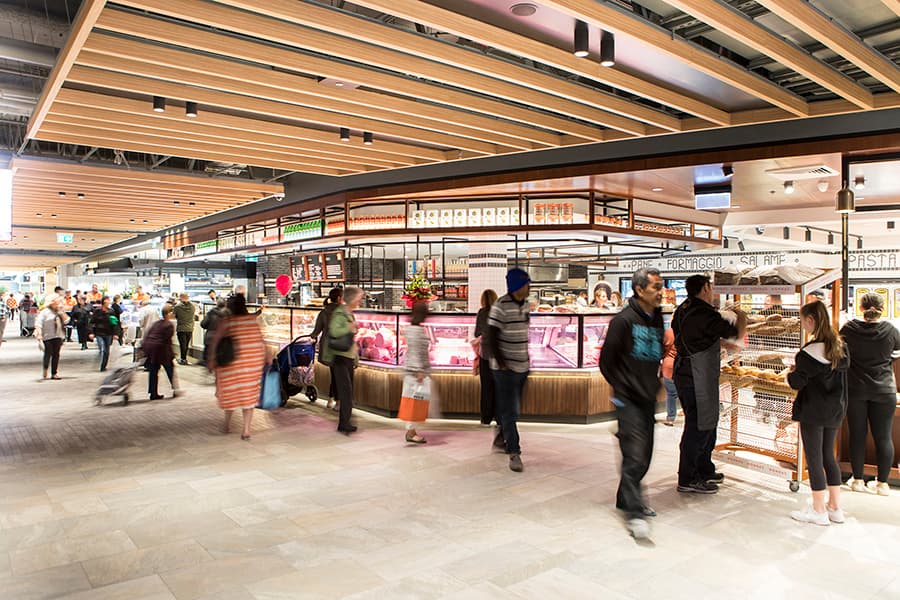
Roselands, NSW
What are some of the tools that influence your decision-making?
We’re quite fortunate at Vicinity to have a significant and talented data and insights team on hand to provide us with the facts to help us make data-led decisions on our retail development projects, raising the effectiveness of what we do to provide better results for retailers and customers.
We have the insights to be able to see which type of retailers will work best in particular spaces and also if a centre was to add certain precincts or retailers, how it might benefit everybody. Those insights are backed up with local knowledge from our centre teams and leasing teams to make sure our customer is always at the centre of what we do, so at the start of each project planning, we do a deep dive into the existing and target customer to inform the leasing strategy and the design, right down to furniture selections, all to suit customer needs.
Tell us about the importance of sustainability and how it influences your developments?
Sustainability is at the forefront of all of our minds and development plays a crucial role in achieving our sustainability targets.
For retail developments, we take a holistic approach and consider sustainability as having environmental, economic, social and future benefits. It could be in lowering the carbon footprint of a build by using sustainable materials and energy efficient systems, or in building design where generating better air quality or using natural light can provide health and wellbeing benefits.
At Vicinity, we also work cross departmentally to execute on our circular economy strategy, which looks at how we can use quality sustainable materials and where possible, reuse materials on new projects, whether it’s a development or a retail space refit.
What advice would you give to someone starting in the industry?
Firstly, a career in property development evokes all of the emotions! It’s exciting, challenging and rewarding, often all at once. It’s fast-paced and forever evolving so you need to stay up-to-date on the latest projects, innovations, planning reforms and much more. My tip here would be to lean into the industry events, seminars and courses, and make sure you take the chance to network with your peers – you never know when you might need some expert advice from somebody that has faced something similar before.
My other tip would be to get a mentor and learn from senior peers. Part of our knowledge is discovery and learnings through creative trial and error but equally important is gleaning the knowledge, experience and lessons learnt from those that have been there, done it and got the postcard.
Finally, working in development requires you to be open and adaptable. Say yes to working on a variety of projects, big or small. It’s so important to gain the exposure to the full development cycle from conception, planning, right through to delivery.
This Q&A profile of Samantha Horsfall forms part of SCN’s Movers & Shakers feature. Premium members can view the full series in the latest edition of SCN magazine.


